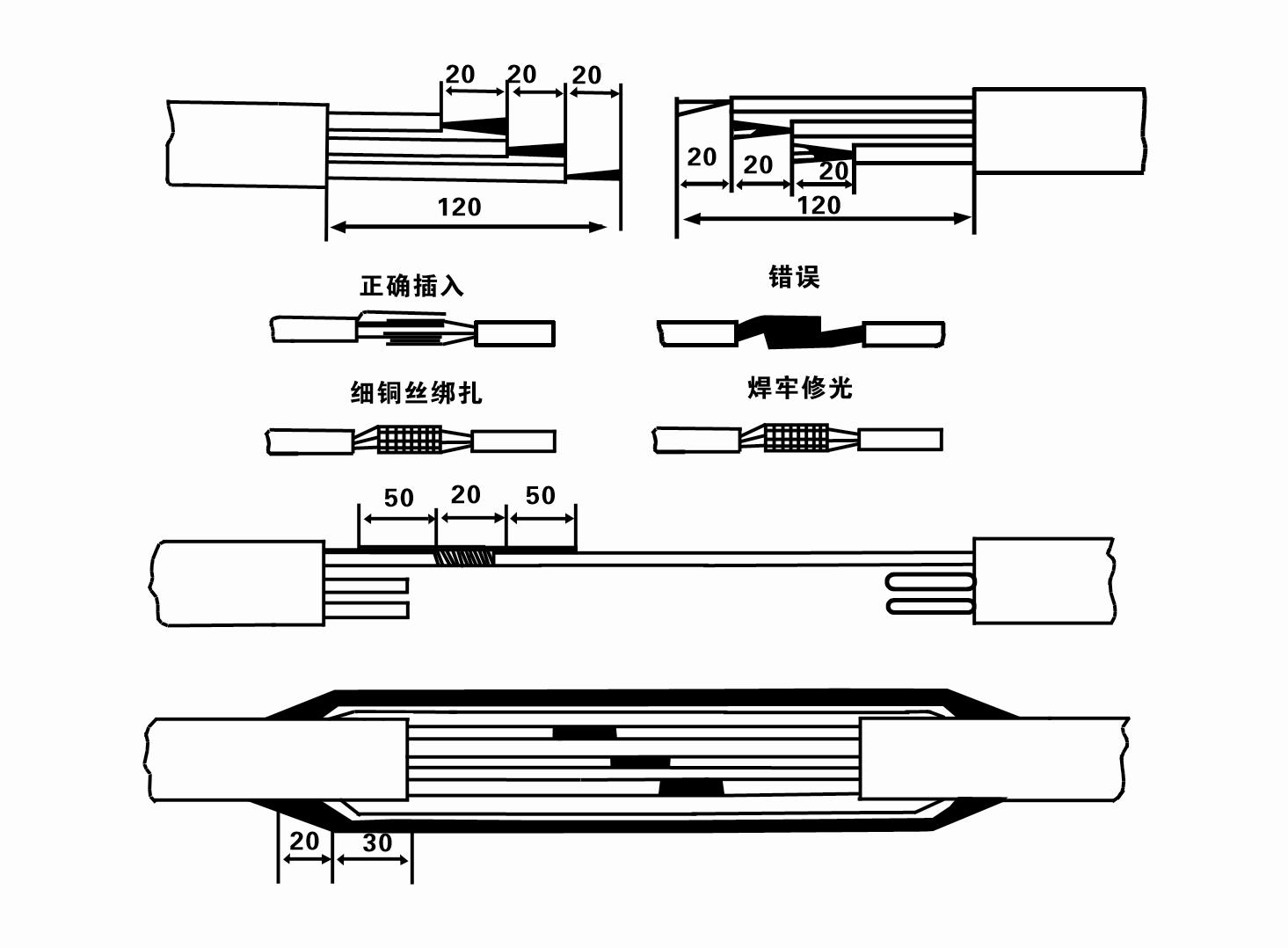ធ្នូ . 18, 2024 12:08 Back to list
submersible pump sump pump
Understanding Submersible and Sump Pumps
In the world of water management and drainage systems, understanding the differences and applications of various types of pumps is crucial. Among them, submersible pumps and sump pumps are two commonly encountered types that serve critical functions in both residential and industrial settings. This article aims to clarify their characteristics, differences, and applications to help you better understand how they operate and when to use them.
What is a Submersible Pump?
A submersible pump is a device designed to operate while submerged in water. These pumps are sealed to prevent water from entering their motor and other internal components. Typically, submersible pumps are used for a wide array of applications, including
1. Well Water Extraction Installed deep within wells, submersible pumps draw water from aquifers and deliver it to the surface. 2. Wastewater Management Often found in sewage treatment facilities, they handle the transfer of wastewater and prevent overflow scenarios. 3. Irrigation Systems Farmers use submersible pumps to provide a reliable water supply for their irrigation needs.
The main advantage of submersible pumps is their capability to operate at significant depths. They utilize hydraulic energy to push the water to the surface, which makes them highly effective in situations where gravity-fed pumps would struggle.
What is a Sump Pump?
On the other hand, a sump pump is typically installed in a sump pit, a basin dug into the lowest part of a basement or crawl space. This type of pump helps manage excess water and prevent flooding. Sump pumps are mainly used in residential settings to control groundwater levels and keep basements dry. They are particularly useful in areas prone to heavy rainfall or where the water table is high.
There are two main types of sump pumps
submersible pump sump pump

1. Pedestal Sump Pumps These pumps have a motor mounted on a pedestal above the sump. They are easier to maintain and can handle larger volumes of water. 2. Submersible Sump Pumps Unlike pedestal pumps, these are placed directly into the pit. They are more efficient in removing water and can remain operational even when the water level rises.
Sump pumps activate when the water reaches a certain level in the sump pit, automatically pumping out water to a discharge pipe that leads away from the home's foundation.
Key Differences
While both submersible pumps and sump pumps are designed to manage water, their applications and designs differ significantly
- Location Submersible pumps can be used in various applications, including wells and sewage systems, while sump pumps are specifically designed to prevent flooding in basements and crawl spaces. - Operation Submersible pumps push water to the surface, whereas sump pumps typically rely on gravity to aid in the removal of water once it's pumped out of the pit.
- Maintenance Submersible pumps may require more rigorous maintenance due to their complex design and the environments in which they operate. Sump pumps, particularly pedestal types, are usually easier to access for maintenance.
Conclusion
In conclusion, both submersible pumps and sump pumps play essential roles in water management, but they cater to different needs and contexts. Understanding these differences is vital for homeowners and businesses alike to choose the appropriate technology for their water management challenges. Whether you are looking to pump water from a well, manage groundwater levels, or prevent flooding in your basement, knowing which type of pump to use can make all the difference. By considering the specific requirements of your situation, you can select a pump that ensures efficiency, reliability, and longevity in your water management system.
-
Submersible Water Pump: The Efficient 'Power Pioneer' of the Underwater World
NewsJul.01,2025
-
Submersible Pond Pump: The Hidden Guardian of Water Landscape Ecology
NewsJul.01,2025
-
Stainless Well Pump: A Reliable and Durable Pumping Main Force
NewsJul.01,2025
-
Stainless Steel Submersible Pump: An Efficient and Versatile Tool for Underwater Operations
NewsJul.01,2025
-
Deep Well Submersible Pump: An Efficient 'Sucker' of Groundwater Sources
NewsJul.01,2025
-
Deep Water Well Pump: An Efficient 'Sucker' of Groundwater Sources
NewsJul.01,2025
-
 Submersible Water Pump: The Efficient 'Power Pioneer' of the Underwater WorldIn the field of hydraulic equipment, the Submersible Water Pump has become the core equipment for underwater operations and water resource transportation due to its unique design and excellent performance.Detail
Submersible Water Pump: The Efficient 'Power Pioneer' of the Underwater WorldIn the field of hydraulic equipment, the Submersible Water Pump has become the core equipment for underwater operations and water resource transportation due to its unique design and excellent performance.Detail -
 Submersible Pond Pump: The Hidden Guardian of Water Landscape EcologyIn courtyard landscapes, ecological ponds, and even small-scale water conservancy projects, there is a silent yet indispensable equipment - the Submersible Pond Pump.Detail
Submersible Pond Pump: The Hidden Guardian of Water Landscape EcologyIn courtyard landscapes, ecological ponds, and even small-scale water conservancy projects, there is a silent yet indispensable equipment - the Submersible Pond Pump.Detail -
 Stainless Well Pump: A Reliable and Durable Pumping Main ForceIn the field of water resource transportation, Stainless Well Pump has become the core equipment for various pumping scenarios with its excellent performance and reliable quality.Detail
Stainless Well Pump: A Reliable and Durable Pumping Main ForceIn the field of water resource transportation, Stainless Well Pump has become the core equipment for various pumping scenarios with its excellent performance and reliable quality.Detail
